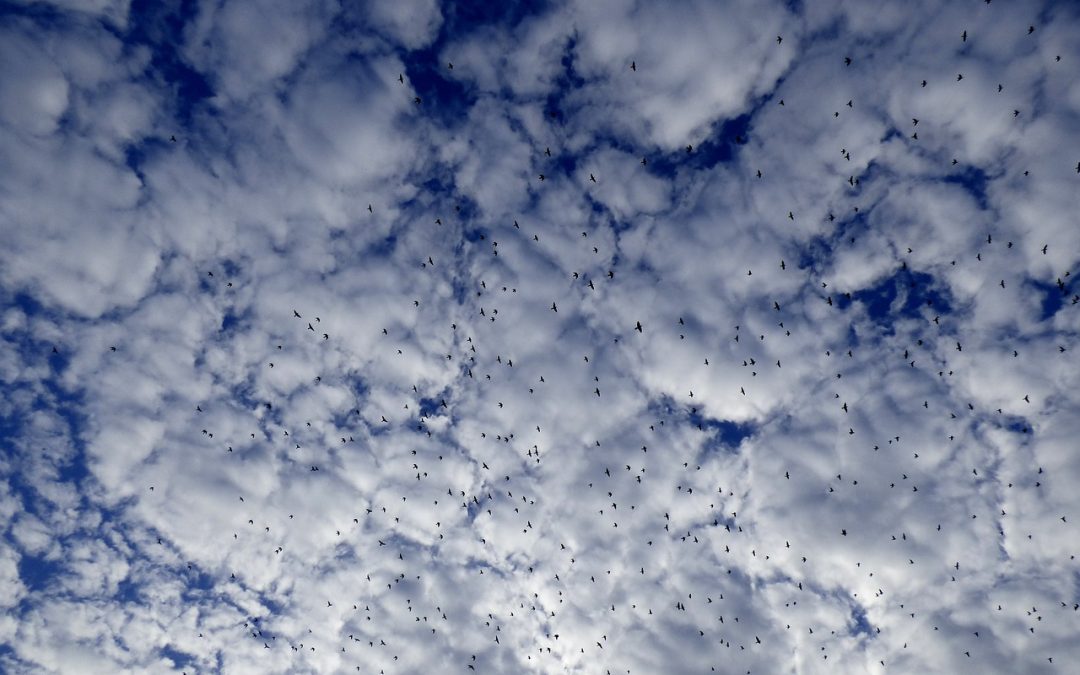Title: “Embodied Memories, Ancestral Histories: Exploring Future Trends in Art and Identity”
Introduction
Art has long been a powerful medium for expressing human experiences and reflecting societal shifts. In Juana Valdés’s retrospective exhibition, “Embodied Memories, Ancestral Histories,” the artist explores themes of migration, identity, and racism. Valdés utilizes various mediums, including performance, installation, ceramics, and video, to address the complexities of global displacement. This article aims to analyze the key points of Valdés’s exhibition and extrapolate potential future trends related to these themes. Additionally, it will provide unique predictions and recommendations for the art industry.
Migration and Global Identity Formation
An important aspect of Valdés’s work is the exploration of migration and its impact on identity formation. It is predicted that as globalization continues to shape our world, artists will increasingly engage with the stories and experiences of migrants. The use of found objects, such as souvenirs in Valdés’s Terrestrial Bodies installation, aligns with the idea that material artifacts can embody personal narratives. Artists may continue to highlight the interconnectedness of cultures through their work.
Recommendation: Encourage museums and galleries to showcase exhibitions that focus on migration and global identity formation to promote empathy, understanding, and inclusivity.
Race, Coloration, and Abstraction
Valdés’s art engages with the intersection of race, coloration, and abstraction. Her ceramic skeins in Redbone Color China Rags challenge societal norms by representing a spectrum of skin tones. This trend will likely continue, with artists using unconventional materials and forms to challenge preconceived notions of race and color. The use of abstraction in addressing racial issues allows for a deeper exploration of the complexities of racism and its effects.
Prediction: Artists will increasingly utilize unconventional materials and abstraction techniques to challenge traditional notions of race and color.
Feminism and Stereotype Subversion
Valdés’s work confronts gender stereotypes and the objectification of women. Sweet Honesty-Tender Pink, with its appropriation of 18th-century exoticized odalisques, serves as an example. Future trends in art will likely involve more feminist perspectives, challenging the objectification and stereotypes imposed on women. Artists will continue to explore notions of agency and empowerment through new mediums and innovative approaches.
Recommendation: Institutions should actively support and promote exhibitions and events that amplify feminist perspectives to foster gender equality in the art world.
Embracing Emotional Tapestry
The emotional depth and complexity found in Valdés’s work can be seen as a future trend in the art industry. By intertwining threads of bitterness and humor, artists can create rich emotional tapestries that resonate with audiences on a profound level. These emotional narratives allow viewers to connect with artwork in a more personal and intimate way, forging a deeper understanding of the human experience.
Prediction: Artists will continue to explore emotional complexities by blending contrasting elements, such as humor and bitterness, to create impactful and relatable art.
Conclusion
Juana Valdés’s retrospective exhibition is a testament to the power of art as a medium for expressing personal experiences, addressing societal issues, and challenging the status quo. Through her exploration of migration, identity formation, race, feminism, and emotion, Valdés provides insights into potential future trends in the art industry. The predicted trends include increased focus on migration narratives, the use of unconventional materials in addressing race and color, the subversion of stereotypes through feminist perspectives, and the creation of emotionally complex art. By actively supporting and promoting exhibitions related to these themes, the art industry can contribute to a more inclusive and empathetic world.
References:
